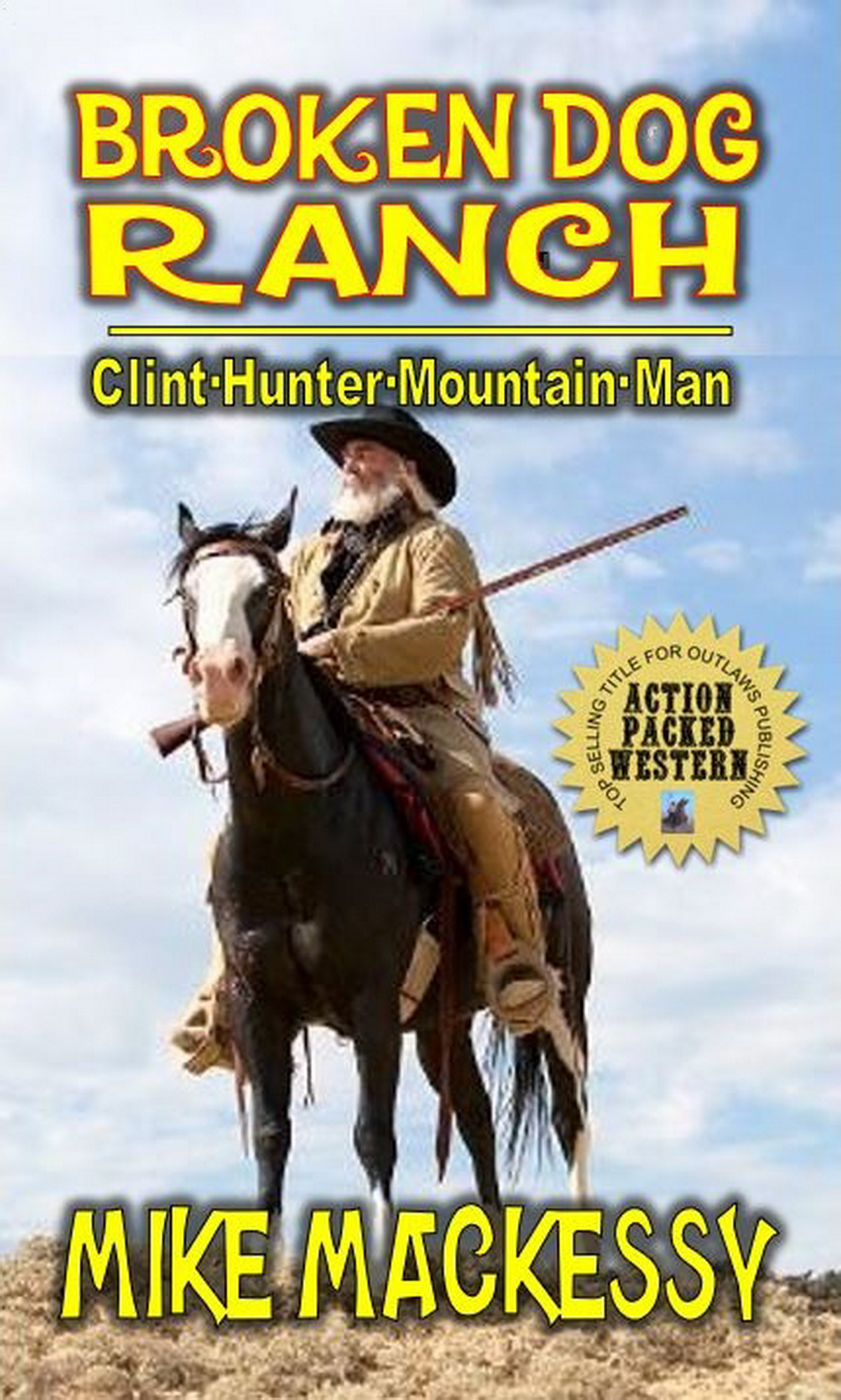
Not so long ago I came to you, and we discussed the steps that were taken to make Gary Church the number one bestseller in America. Before that, we talked about the steps that were taken to make Mike Hundley the number one bestseller. Now I come to you again to talk about the steps that were taken to make Mike Mackessy the number one bestseller.
There’s a new wave riding over the mountains. A new wave of Western writers who have all the traditional values that readers admire and love—but they differ from the authors who came before. The concepts, the stories, the production—it’s all getting better every single day. But the key is that we are starting to see recognizable, bankable names popping up on the Western market. These are the men and women who have become ‘favorites’ of the Western readership. Paul L. Thompson, Scott Harris, Robert Hanlon, C. Wayne Winkle, Mike Mackessy, John Buzzard, Nerissa Stacey, and so on. The writers readers go to—and read the moment they lay their eyes on their books.
And all of this came from simple, straight-forward promotion. There were no billboards. No TV advertisements. No radio announcements. This all came from the serious, studied world of proven sales. The kind of sales you don’t hear about anymore. The old chestnut routine of placement, production, value and cost. Visibility, optimization, capitalization and plain old pop-up, in-your-face advertising. There’s no secret to any of this.
So what was it that caused Mackessy to score the number one position? Well… it’s a mixture of things.
- Mike Mackessy had already been all the way to the #2 position with “Down From The Mountain.” That was a book that we were heavily promoting in April and May. He would have made it to #1, too—had it not been for Gary Church and Mike Hundley with two heavy hitting hard sellers that kept him away from the top spot.
- The release of an anniversary box set that pulled readers away from other titles, and right into three prime Mackessy Westerns that whet their appetite.
- The new novel, “Broken Dog Ranch,” came out right as the box set peaked, which caused a sales swirl. The new book climbed, assisted by advertising, placement and… capitalization.
- The box set dropped as folks finished it—but that old chestnut “Down From The Mountain” found a new lease of life. All the folks who discovered Mackessy through the box set raced to get “Down From The Mountain.”
- “Down From The Mountain” re-entered the top ten—and as folks finished that one they got behind “Broken Dog Ranch.”
- Mackessy then had a very solid readership pushing and shunting “Broken Dog Ranch” up the charts, leading to a number one bestseller.
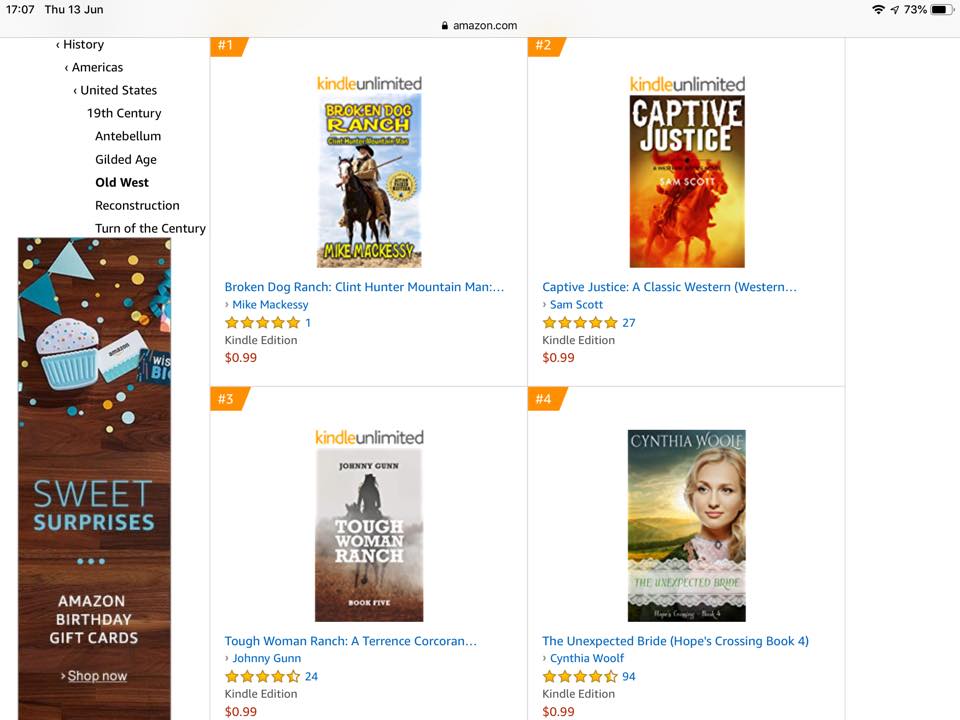
So there you have a marketing plan that allows for an author who was doing well to take the initiative and become a bestseller. The timing was crucial—the use of catalogue product (a box set) was absolutely necessary, as it pulled in new readers—readers who became the “street team” for the new novel.
Pundits who say that huge amounts of advertising are needed are wrong. What a good promoter of Westerns must have is the ability to see opportunity. All those big hits, and huge checks, are built on the back of opportunity.
Mike Hundley scored his number one with “Gunsight Justice” first in Australia. Then he found himself in the top ten Stateside. Gary Church had two books in the top twenty that had never gone past #10. By carefully timing his new release, he beat that record with his third book, “Good Man—Bad Enemy,” and took the number one position. Mike Mackessy was also a beautiful mix of things led by timing, and now he’s scored a number one bestseller.
Now—can you do something similar with your books? I reckon you can, and if you can’t, ask all the questions you want below. Always happy to meet new people. Don’t forget to go buy a few copies of “Broken Dog Ranch” too!




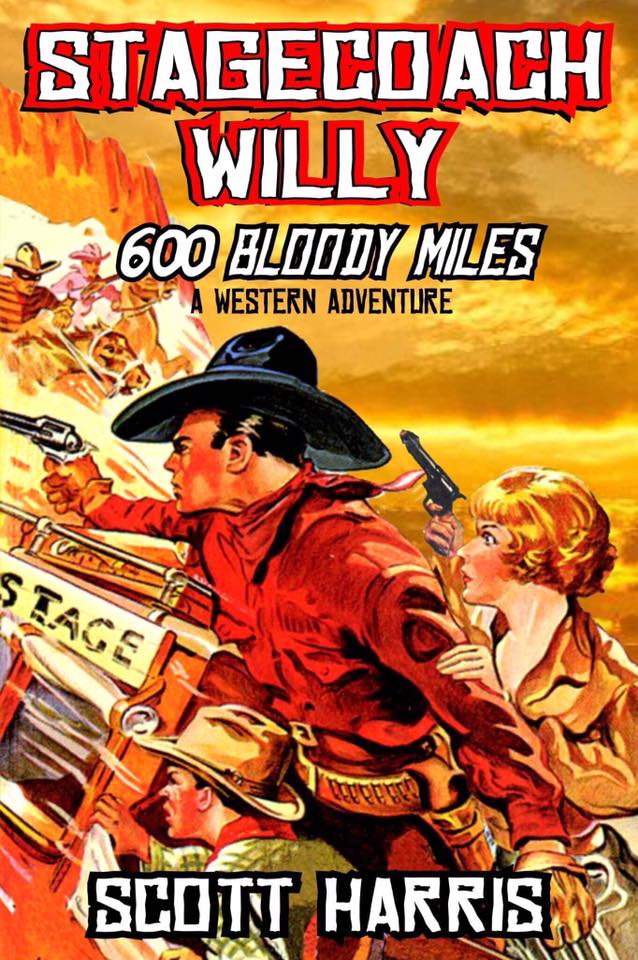

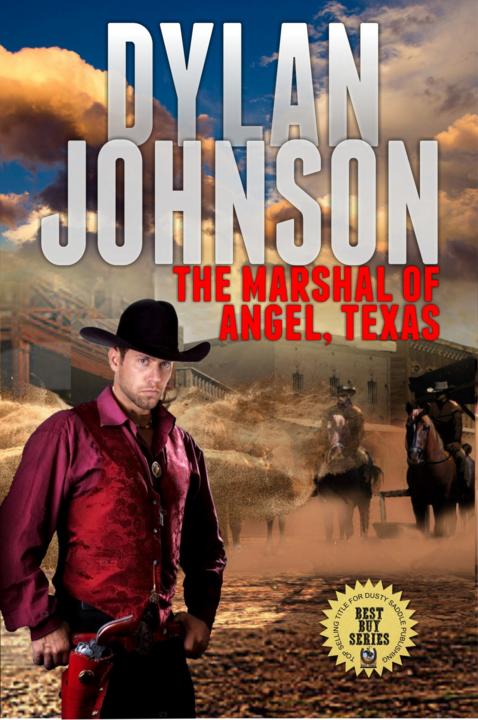
 Decades ago, when I was a beginning writer, before the days of political correctness in language, a writer was free to use any language in his or her writing. As a young reader, I remember at times cringing inwardly at some of the words that leapt from the page. The N-word, used to describe African-Americans, the B-word applied liberally to women, and Native Americans routinely labeled ‘savage redskins.’ I cringed, more from the fact that such terms were also routinely heard in real-life conversations going on around me.
Decades ago, when I was a beginning writer, before the days of political correctness in language, a writer was free to use any language in his or her writing. As a young reader, I remember at times cringing inwardly at some of the words that leapt from the page. The N-word, used to describe African-Americans, the B-word applied liberally to women, and Native Americans routinely labeled ‘savage redskins.’ I cringed, more from the fact that such terms were also routinely heard in real-life conversations going on around me.
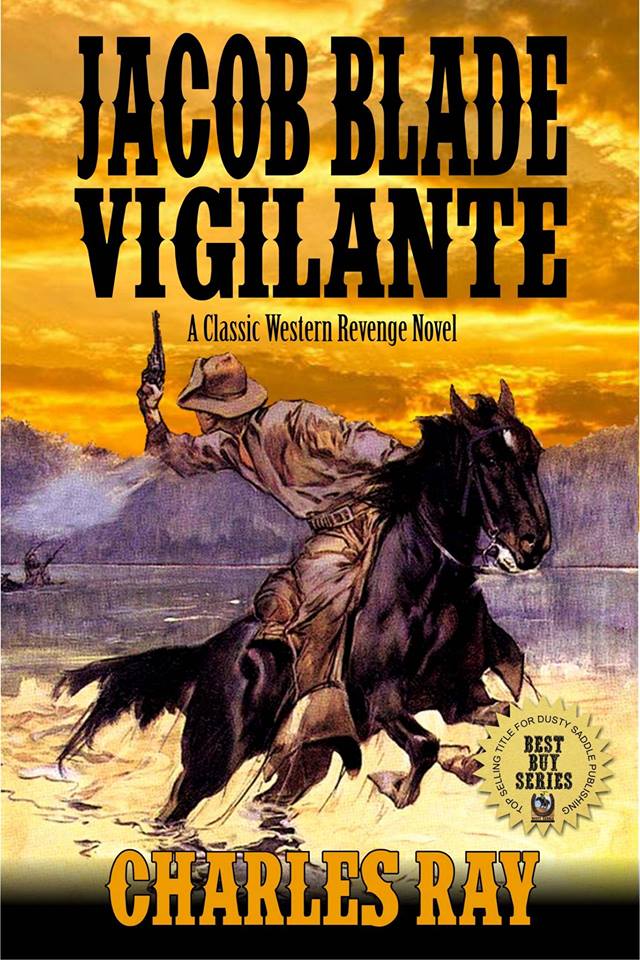

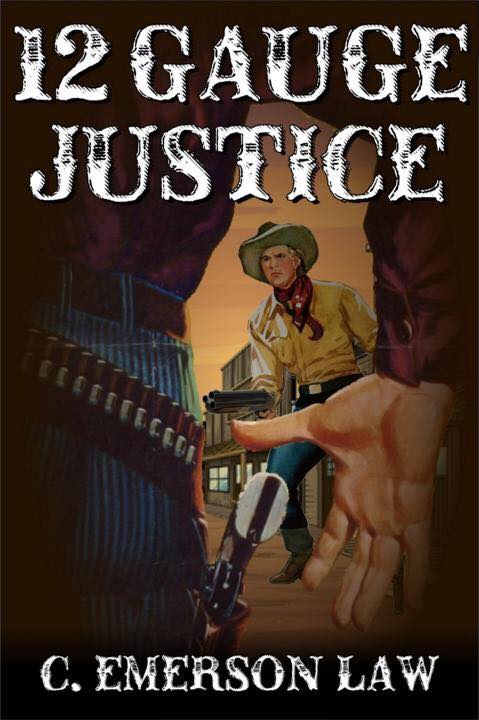

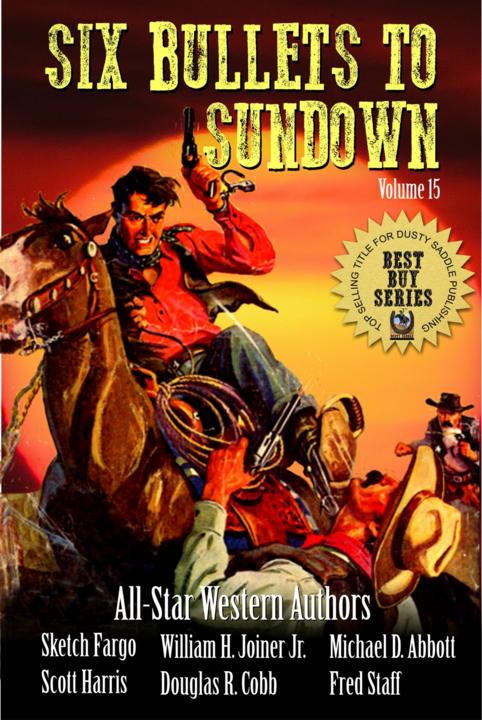
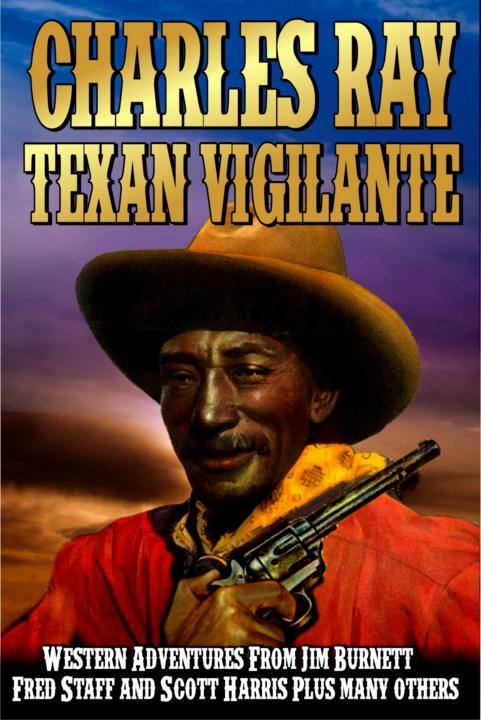
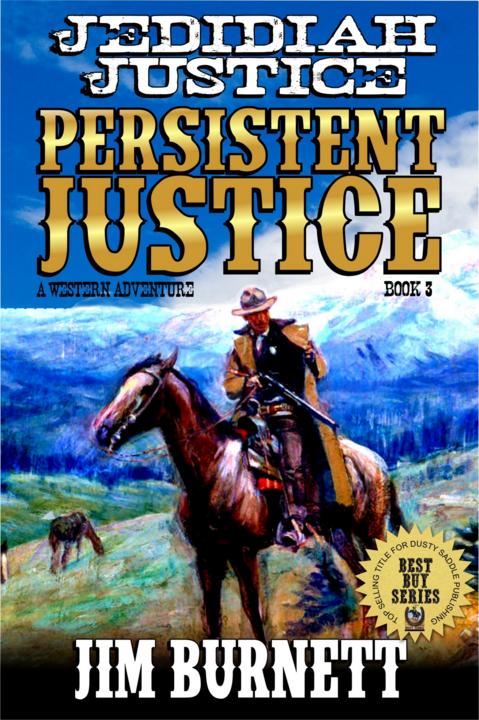


Recent Comments